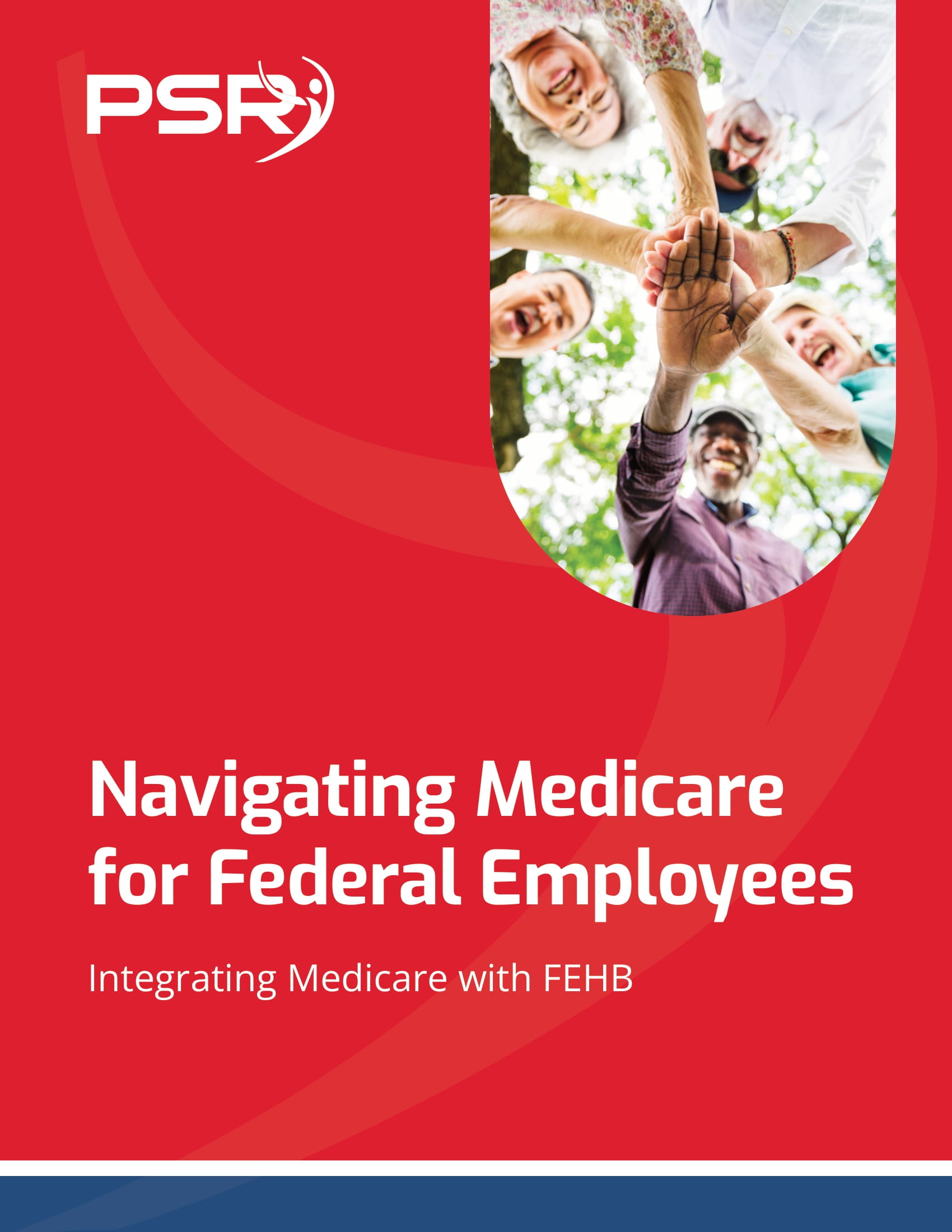 The retirement benefits for those who entered covered service with the United States Government on or after January 1st, 1984, are referred to as FERS (Federal Employees Retirement System). The Federal Employees’ Retirement System FERS is a complex, three-tiered retirement plan that has three main components:
The retirement benefits for those who entered covered service with the United States Government on or after January 1st, 1984, are referred to as FERS (Federal Employees Retirement System). The Federal Employees’ Retirement System FERS is a complex, three-tiered retirement plan that has three main components:
– FERS Basic Benefit Plan
– Social Security Benefits
- Also Read: Divorce and Your Federal Pension—What Happens When You Split Assets and How It Could Affect Your TSP
- Also Read: What Happens to Your Federal Benefits After Divorce? Here’s the Lowdown
- Also Read: The Best FEHB Plans for 2025: Which One Fits Your Lifestyle and Budget the Best?
The FERS Basic Benefit and Social Security components require a Federal employee to make their contribution each pay period. The agency employer withholds the cost of the Basic Benefit and Social Security from the employee’s pay as payroll deductions. After retirement, the employee receives annuity payments and Social Security payments each month for the rest of their life.
The TSP component of FERS is an account set up automatically by the agency. Each pay period, the agency adds an amount equal to 1% of the Federal employee’s basic salary into the TSP account. The employee can make their own contributions to the TSP account and the agency will make a matching contribution, both of which are tax-deferred.
General FERS Requirements
Eligibility for FERS is determined by the employee’s age and number of years of creditable service. For some employees, they should reach the Minimum Retirement Age (MRA) to be eligible to receive retirement benefits.
The following criteria can be used to understand MRA. The Federal Employees Retirement System (FERS) Basic Benefit Plan has 4 categories:
· Immediate – An immediate FERS retirement benefit starts within 30 days from the date the employee stops working. If he retires at the MRA with a minimum of 10, but less than 30 years of service, their benefits will be reduced by 5% a year for each year they are under 62, unless they have 20 years of service and their benefit starts they reach age 60 or later.
· Early – The early FERS retirement benefit is accessible in some involuntary separation cases or in cases of voluntary separations due to a major reorganization or reduction in workforce.
· Deferred – To be eligible for deferred plan, an employee must have completed at least 5 years of creditable civilian service. If he retires at the MRA with a minimum of 10, but less than 30 years of service, their benefits will be reduced by 5% a year for each year they are under 62, unless they have 20 years of service and their benefit starts once they reach age 60 or later.
· Disability: To become eligible, the employee must have become disabled during employment in a position subject to FERS, due to a disease or injury, for useful and efficient service in their current position. The disability must be expected to last at least one year. The agency must confirm that it is unable to accommodate the employee’s disabling medical condition in his present position and that it has considered him for any vacant position in the same agency at the same grade/pay level, within the same commuting area, for which he is qualified for reassignment.
If you are looking for pertinent information about your Federal and Postal Retirement benefits, PSRetirement will answer all your retirement-related questions!








